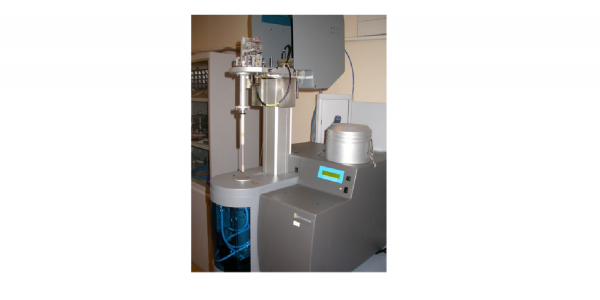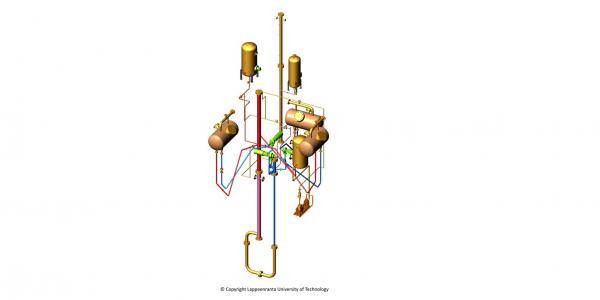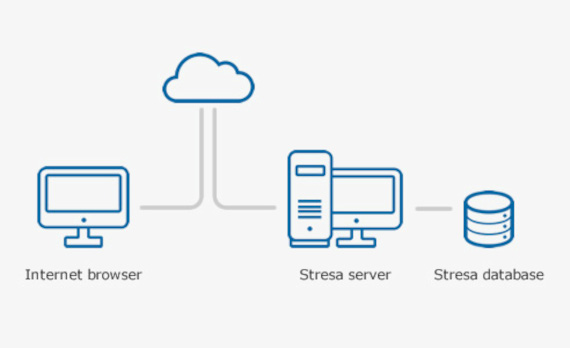
KAJET
The experimental programme named KAJET is being performed to investigate features of a pressurized melt jet and the interaction with substratum material. Compact melt jets, rather than a spray-type melt release, are simulated using iron and aluminium oxide instead of corium. The melt is generated by a thermite reaction. The experiments provide general information about erosion processes and data for the validation of computer codes (or, if possible, simplified correlations) which then are able to transfer the results to reactor conditions.









